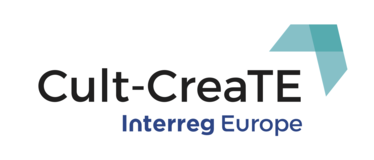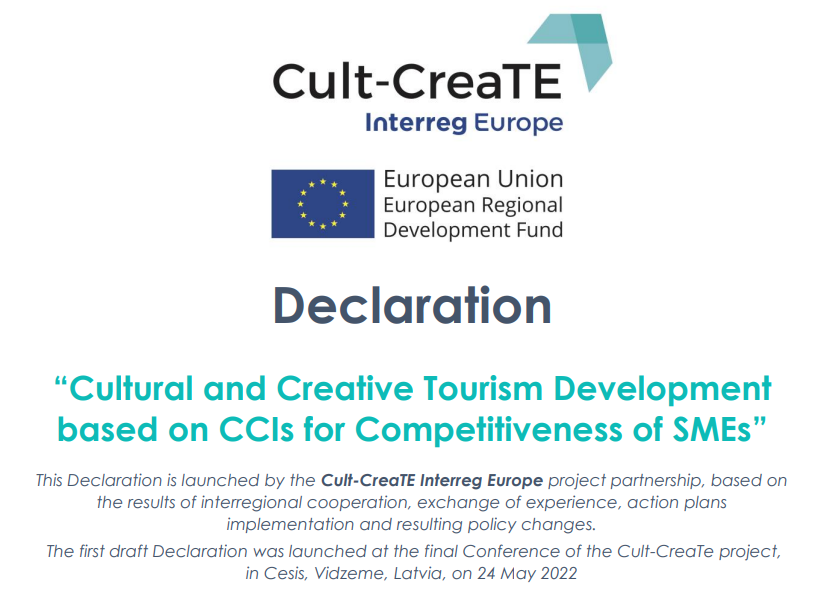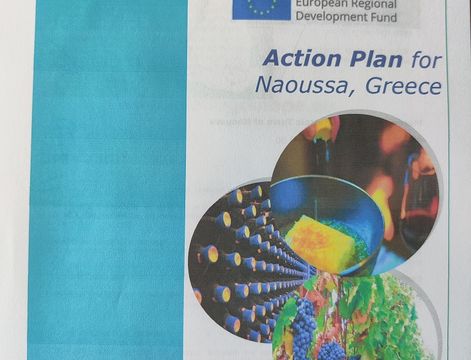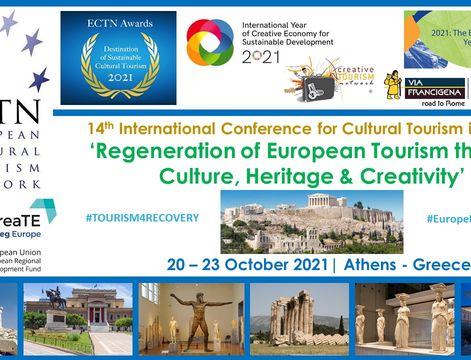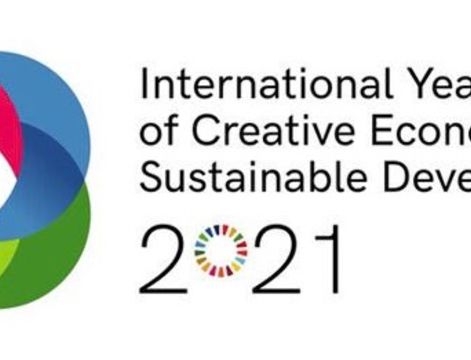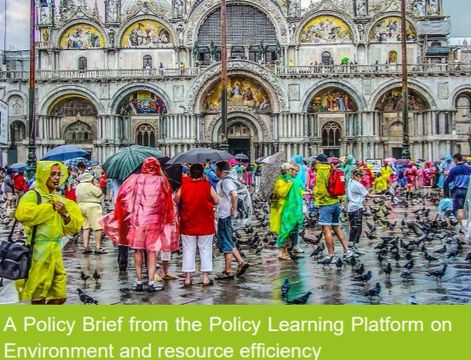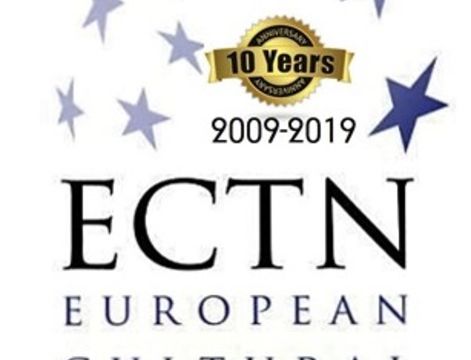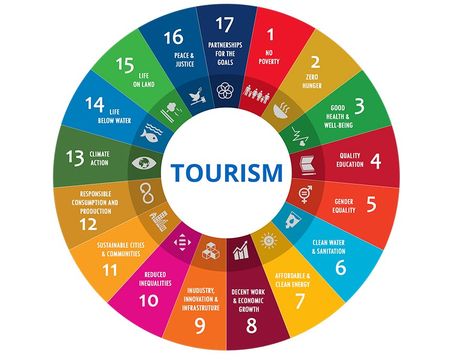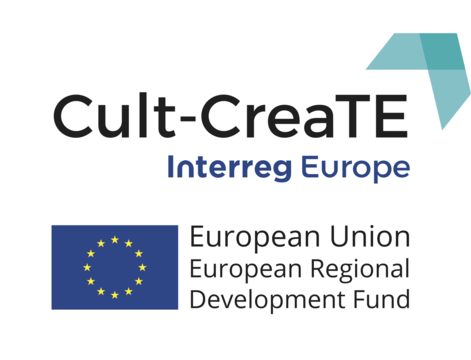Recommendations on Cult-CreaTE project, based on the experiences within the 1st period of the Project
In the context of globalization cultural tourism is seen as an effective tool for managing intercultural dialogue and social partnerships, as a mechanism of regional inclusion into the world cultural markets - in other words, there are reasonably high expectations for this sector as a booster for territorial, social and economic development.
One of the results of the Cult-CreaTE project could be to raise wider awareness of the potential of creative tourism and propose recommendations for key stakeholders in the market; to figure out new vectors for the development of the region in creative tourism as well as in creative and cultural industries in general; to outline a new agenda for the development of the creative tourism in the region and the ways the culture and creative industries (CCI) sector can contribute to efficient cultural policies and economic development.
The complications of identifying at a general level the existing and potential linkage of CCIs to the tourism sector is intensified by certain tourism sub-sectors (f.ex. heritage tourism, arts tourism, creative tourism, urban cultural tourism, rural cultural tourism, indigenous cultural tourism, experiential and gastronomic tourism, etc) being in their own right part of the cultural sector itself, for example in the case of heritage tourism.
Both the CCIs and the tourism sector are not in reality clearly demarcated - both are imprecise, fluidly-defined, fast-changing and dynamic areas of complex and important economic and social activity.
Although it is right to look at ways of increasing the synergies between the tourism industry and CCS/CCIs it is important to recognise that there is already a substantial level of engagement. The main sectors of CCIs are already contributing to the tourism sector:
• Software and digitalisation - this has had a revolutionary impact on many aspects of the tourism industry, not least in the role of online travel agencies;
• Design in all aspects of design;
• Music - for place branding, open-air concerts, music festivals etc
• Advertising and broadcasting, including digital and online broadcasting;
• Film and cinema, including film location tourism;
• Theatre;
• Festivals – all kinds of festivals are a major element in event tourism and place branding;
• Crafts;
• Architecture;
• Publishing - travel and guide books are still very popular;
• Fashion;
• Gaming, augmented reality (AR) and virtual reality (VR);
• Food and local natural products - food festivals, food branding, gastro tourism in both urban and rural contexts.
One of the project’s Cult-CreaTE questions asked and – hopefully, at least partially answered – can there be more fruit – bringing interaction between CCIs and tourism; and if there could be – what would be the ways to develop this interaction, to “put” the CCIs and tourism actors together; what levels of involvement from these players needed; what tools to be develop in order to facilitate the synergies; what would be the good practice exchange between the Cult-Crate Project partners, including political initiatives; and how could the Project develop political initiatives and synergies that would help CCIs and tourism to collaborate over their business lines?
Where is the under-utilised potential of CCIs/ tourism and what kind of intervention or incentivisation is required to make the CCI sector and tourism industry interact more effectively?
Among practical tools to be applied that had proven effective before in the context of CCIs and cross – sector collaboration is the following:
• Learning on the state of play of CCIs and tourism in the region;
• Bringing together CCI and tourism operators of the region;
• Designing specific tools for training based on the state of play research or survey, as well as needs expressed by the regional stakeholders;
• Training and exchange of good practices – business innovations & networking;
• Exchange of best practices & networking – policy developers (public institutions);
• Drawing recommendations for policy developers by stakeholders;
• Working on implementation of policy recommendations;
• Further networking and establishing (more or less) permanent networks and events for meeting & exchanges& collaboration.
